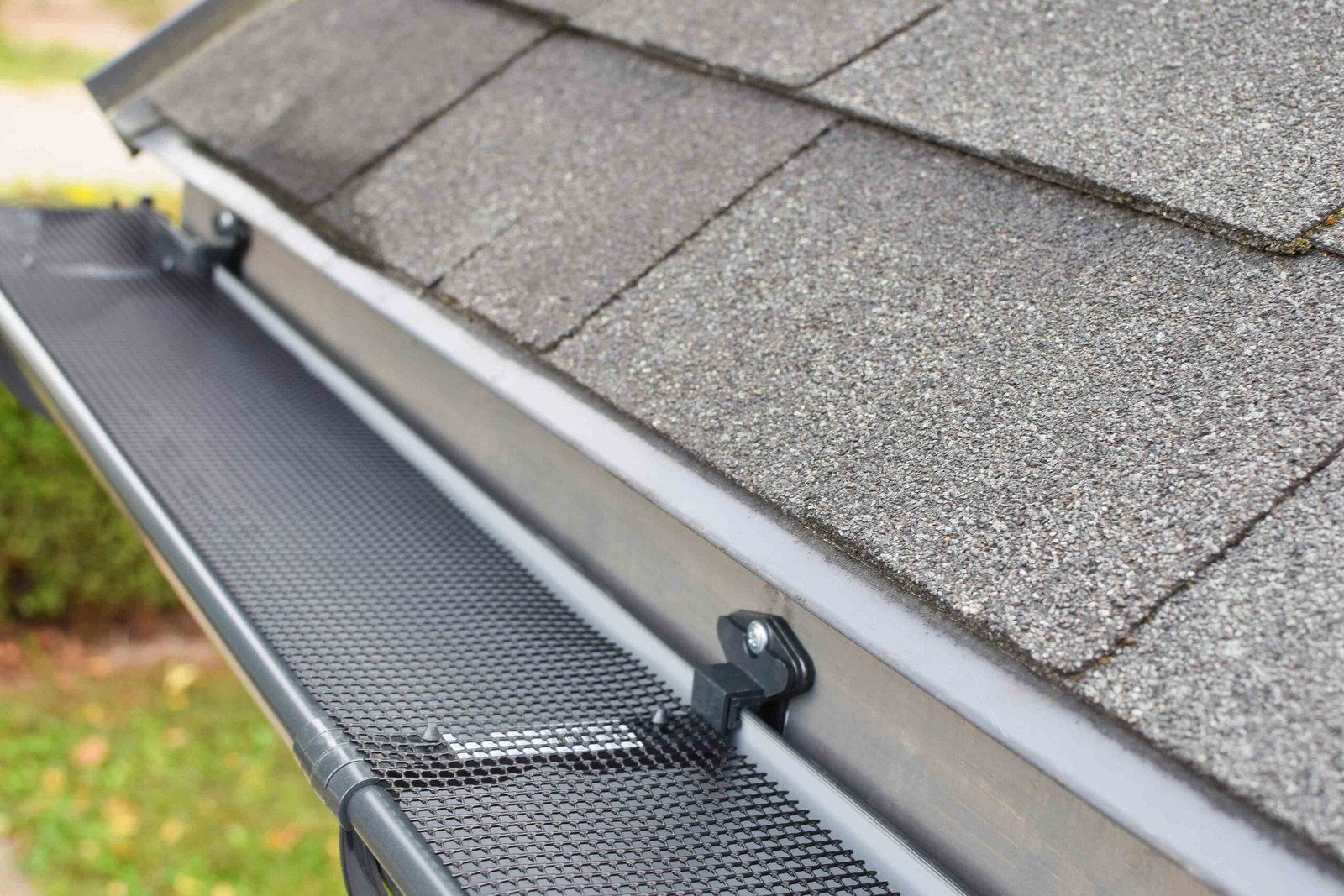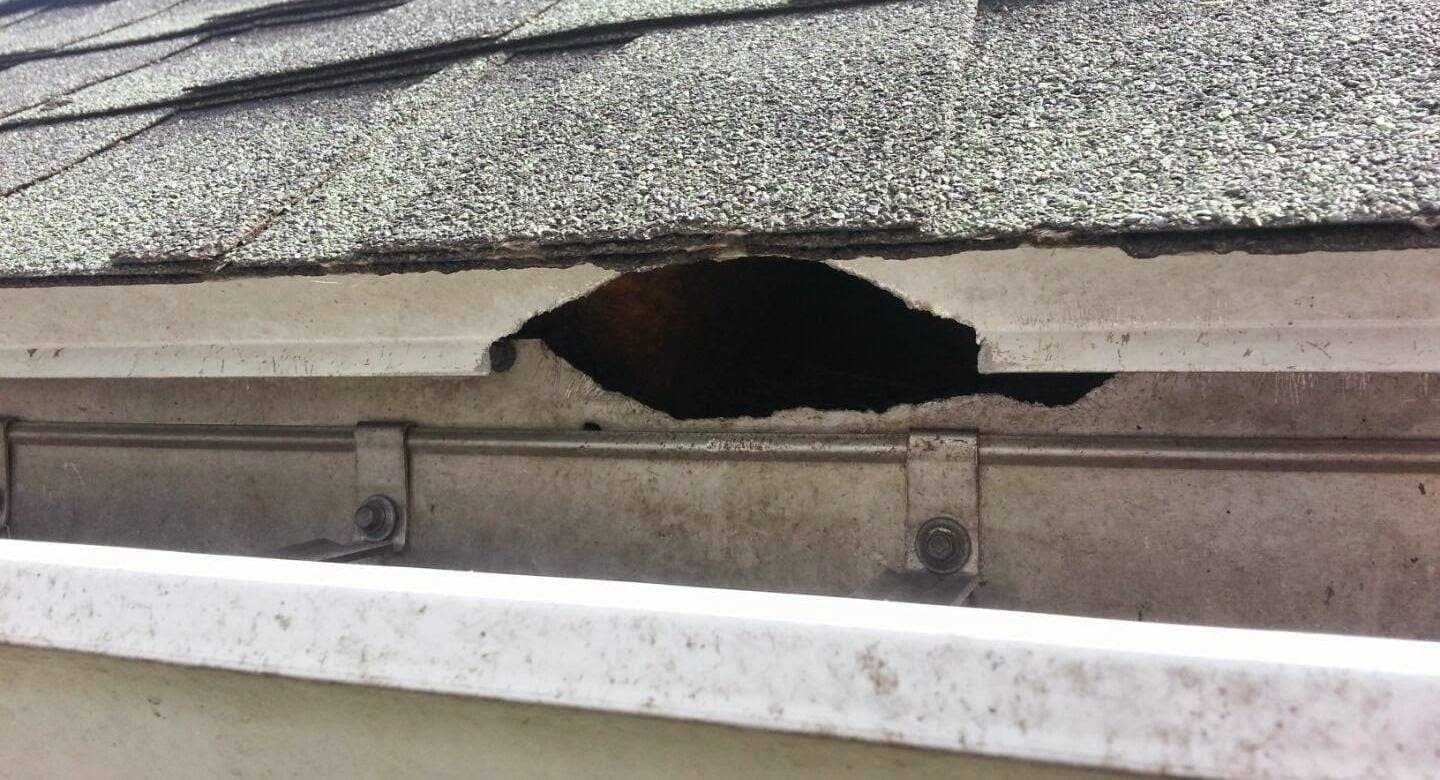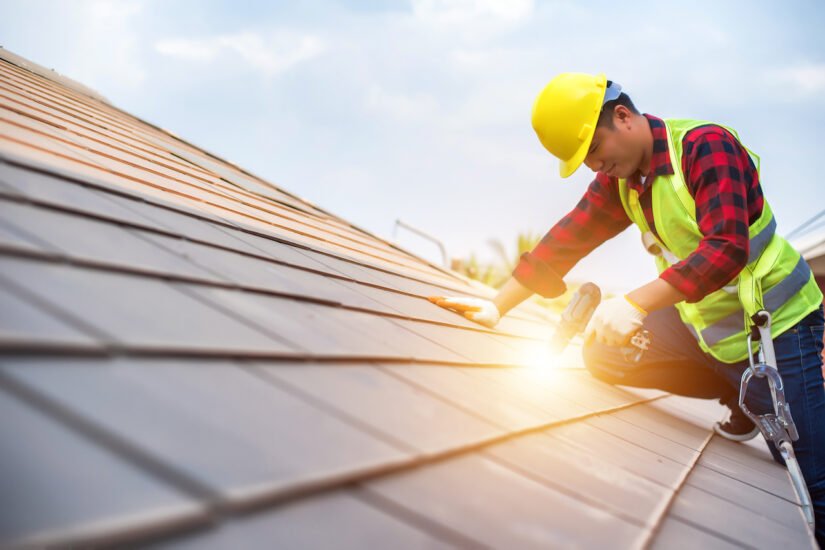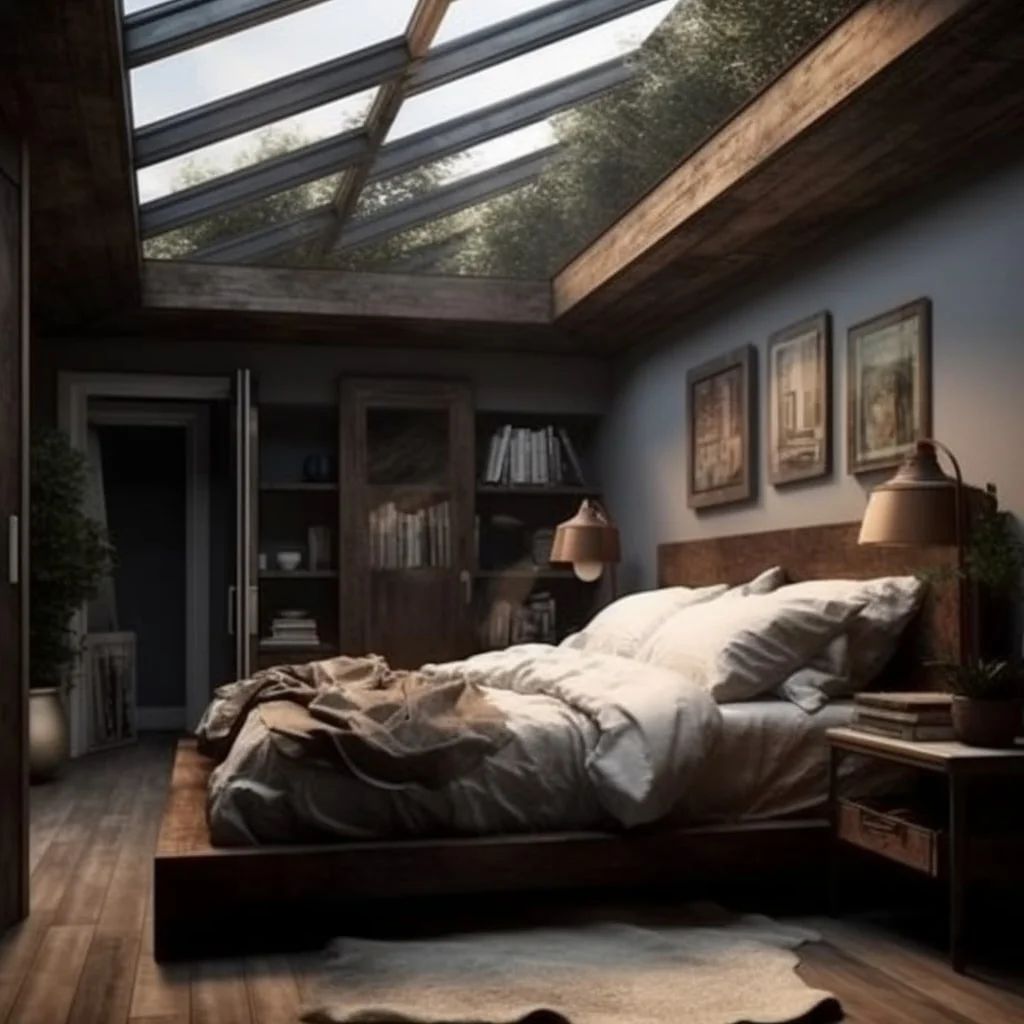1. Types Of Skylights: Vented Vs. Fixed
Skylights are windows installed on a roof that allow natural light and ventilation into a space. There are two main types of skylights: vented and fixed.
Vented skylights have the ability to open and close, offering advantages such as increased lighting, improved air circulation, and the option for privacy when desired. These skylights are especially beneficial in rooms like kitchens and bathrooms where proper ventilation is crucial. By opening the skylight, warm air can escape, reducing the risk of mold and mildew growth while also preventing excessive heat buildup.
Fixed skylights, on the other hand, do not have any movable parts and are primarily designed to provide natural light and visual aesthetic to a space. These skylights are ideal for areas where ventilation is not a priority, such as living rooms or hallways. Although fixed skylights do not offer the same ventilation benefits as vented skylights, they still provide an excellent source of natural lighting and can enhance the overall ambiance of a room.
2. Common Causes Of Skylight Leaks
Skylight leaks can occur for various reasons, and it is essential to identify the specific cause to effectively fix the problem. Here are some common causes of skylight leaks:
- Faulty Skylights: Poorly manufactured or installed skylights can be prone to leaks. Over time, the seals and gaskets may deteriorate, leading to water infiltration.
- Worn-out Seals: The rubber seals or gaskets that provide a watertight barrier around the skylight can degrade over time. This can be due to exposure to sunlight, extreme weather conditions, or simply age.
- Damaged Flashing: Skylights have flashing installed around them to prevent water from seeping into the roof. If the flashing becomes damaged, loose, or improperly installed, it can allow water to enter the roof system and ultimately leak into the interior space.
- Debris Obstruction: Leaves, twigs, and other debris can accumulate around the skylight, obstructing proper water drainage and causing leaks. It is crucial to regularly clean and maintain the area around the skylight to prevent this issue.
Identifying the specific cause of the leak is essential for proper repair, as different causes may require different solutions.
3. Fixing Leaks In Fixed Skylights
Leaks in fixed skylights commonly occur at the flashing between the roof and the skylight panes. To fix such leaks, the first step is to identify the exact source of the leak. If the leak is coming from the upper parts of the roof slope, it is usually easier to fix since the source is known. However, if the leak is originating from lower sections of the roof, it may be more challenging to pinpoint the exact location.
Once the source of the leak is determined, the next step is to repair or replace any damaged components. This may involve replacing worn-out seals or gaskets, clearing out debris that may be obstructing proper drainage, or repairing damaged flashing. In some cases, it may be necessary to use roof cement to fill in any gaps or holes in the roof caused by leaking flashing. It is important to use the appropriate materials and techniques to ensure a proper, long-lasting repair.
If, after attempting to fix the leak, the skylight continues to leak, it may be necessary to seek professional help. A professional roofer will have the expertise and experience to assess the situation and provide the best solution for fixing the leak.
- Identify the exact source of the leak
- Repair or replace damaged components
- Use roof cement for gaps or holes caused by leaking flashing
- Seek professional help if the leak persists.
“A professional roofer will have the expertise and experience to assess the situation and provide the best solution for fixing the leak.”
4. Identifying And Repairing Leaks In Vented Skylights
Repairing leaks in vented skylights can be more complex compared to fixed skylights due to the additional moving parts involved. To fix a leak, follow these steps:
- Check that the skylight is completely shut. Improper sealing can result in water leakage.
- Remove any debris that may be blocking drainage or preventing the skylight from closing fully.
- Inspect the condition of the rubber gasket that provides a watertight seal when the skylight is closed. If it’s worn-out or damaged, replace it.
- Look for cracks or damage on the skylight pane itself. Cracks can allow water to seep in and should be repaired or the pane replaced.
Once you’ve identified the source of the leak, make the necessary repairs. This may involve replacing damaged components, such as seals or gaskets, or repairing cracks in the skylight pane. Use appropriate sealants and materials for a proper and long-lasting repair.
If the leak persists after attempting these repairs, it’s recommended to seek professional assistance. A professional roofer will have the expertise to diagnose the issue accurately and provide the best solution for fixing the leak in a vented skylight.
5. Importance Of Regular Skylight Maintenance
Regular maintenance is crucial to prevent skylight leaks and ensure the longevity of the skylight system. Here are some essential steps for skylight maintenance:
- Cleaning: Regularly clean the skylight, both inside and outside, to remove dirt, debris, and potential obstructions. Use a mild detergent and non-abrasive cloth or sponge to clean the glass or acrylic surface, ensuring not to scratch or damage it.
- Inspect Seals and Flashing: Check the seals and flashing around the skylight for any signs of damage, wear, or deterioration. If any issues are found, repair or replace the damaged components promptly. This will help maintain a watertight seal and prevent leaks.
- Look for Cracks or Damage: Inspect the skylight itself for any cracks or damage. If cracks are found, they should be repaired or the skylight pane replaced to prevent water infiltration.
- Check Weep Holes: Skylights often have weep holes designed to drain any accumulated water or condensation. It is important to regularly check and clear these weep holes of any debris or obstructions to ensure proper drainage.
- Evaluate Insulation: Insufficient or improper insulation around the skylight can lead to condensation and potential leaks. Make sure the area around the skylight is properly insulated to prevent these issues.
By regularly maintaining skylights, homeowners can catch any potential issues early on and take the necessary steps to prevent leaks and other damage.
6. Addressing Deteriorating Caulk And Sealant
Sealants and caulking are important for creating a watertight barrier around skylights to prevent leaks. However, over time, these sealants can deteriorate due to exposure to weather elements, temperature changes, and aging. It is essential to regularly inspect the sealant and address any signs of deterioration.
If you notice visible signs of wear on the caulk or sealant, such as cracking, peeling, or shrinkage, it is important to remove and replace it with fresh sealant. To do this effectively, start by using a scraper or putty knife to carefully remove the old sealant, taking care not to damage the skylight or surrounding surfaces. Once the old sealant is removed, make sure to clean the area thoroughly to ensure proper adhesion of the new sealant.
When applying the new sealant, make sure to choose a high-quality product that is specifically designed for skylights. Apply the sealant evenly and generously around the margins of the flashing, paying extra attention to areas that are prone to leaks, such as the skylight’s head. To ensure a proper seal, use a caulking tool or your finger to smooth the sealant. Make sure to allow the sealant to dry completely before exposing it to water or weather elements.
Regularly inspecting and maintaining the caulk and sealant around skylights is a simple but crucial step in preventing leaks and maintaining the integrity of the skylight system.
- Regularly inspect the sealant and address signs of deterioration
- Remove old sealant carefully to avoid damaging the skylight
- Clean the area thoroughly before applying the new sealant
- Choose a high-quality sealant designed for skylights
- Apply the sealant evenly and generously along the flashing
- Pay extra attention to leak-prone areas like the skylight’s head
- Smooth the sealant with a caulking tool or your finger
- Allow the sealant to dry completely before exposing it to water or weather elements
7. Evaluating Flashing And Potential Roof Damage
Flashing is an essential component of the skylight system that helps prevent water infiltration and leaks. It is typically installed around the skylight and integrated with the roof system. Regularly evaluating the condition of the flashing is crucial for preventing leaks and ensuring the skylight’s effectiveness.
To inspect the flashing, look for any signs of damage, deterioration, or improper installation. Specifically, be on the lookout for curled or broken flashing, as these can allow water to pass through and cause leaks. If any issues are identified, it is important to repair or replace the affected flashing promptly.
Evaluating the flashing may require peeling back shingles or other roofing materials around the skylight. This process should be done carefully to avoid damaging the roofing material. Ideally, it is recommended to have a professional roofer evaluate the flashing and any potential roof damage to ensure a proper assessment and appropriate repairs.
Addressing any issues with the flashing and potential roof damage alongside fixing skylight leaks is important for maintaining a watertight and leak-free skylight system.
- Regularly evaluate the condition of the flashing
- Look for curled or broken flashing
- Repair or replace the affected flashing promptly
- Consider having a professional roofer assess the flashing and any roof damage
- Address flashing issues alongside fixing skylight leaks
8. Consequences Of Faulty Skylights: Damage And Health Risks
Faulty skylights can have significant consequences for a home or building. Leaking skylights can cause damage to furniture and other items within the space, resulting in stains, musky smells, and potential mold growth. Water leaks from skylights can also lead to stains and discoloration on ceilings and walls, as well as peeling paint or wallpaper.
If not properly addressed, continuously damp conditions caused by skylight leaks can create an ideal environment for mold and mildew growth. Aside from the unpleasant appearance and odor, mold and mildew can pose health risks, especially for individuals with respiratory issues or allergies.
Additionally, water pooling in the ceiling due to skylight leaks can damage electronics, such as light fixtures or ceiling fans, and can cause paint or wallpaper to chip off. Water running along walls can leave unsightly stain marks and cause paint to peel or bubble.
Furthermore, the constant exposure to moisture and damp conditions caused by skylight leaks can lead to the development of rot in wooden surfaces, such as attic beams or support structures. This can weaken the structural integrity of the house and result in costly repairs.
To avoid these consequences, regular skylight maintenance, prompt leak repairs, and proper installation are crucial in ensuring the longevity and functionality of the skylight system.
In conclusion, skylights are a great addition to any home, providing natural lighting and ventilation. However, skylight leaks can be a common issue, especially in fixed skylights. Identifying the source of the leak, whether it is faulty seals, damaged flashing, or debris obstruction, is essential for proper repair.
- Regular skylight maintenance
- Prompt leak repairs
- Proper installation



